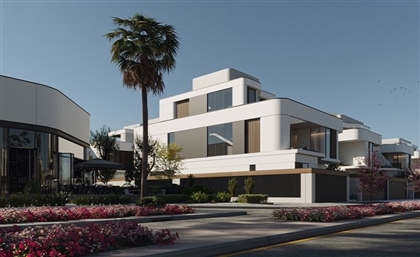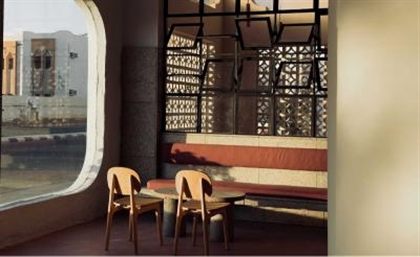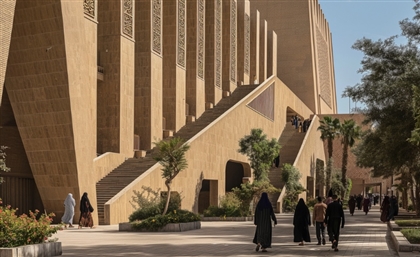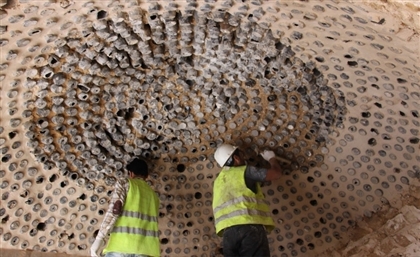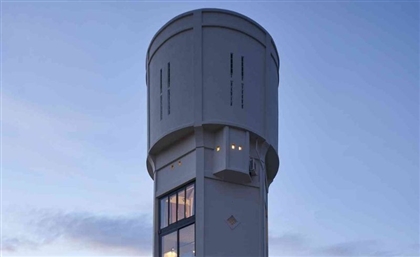Fantastic Concept Art Imagines Inverted Pyramids Floating Over Cairo
Keen on highlighting the expanse of informal settlements in Cairo, Italian architect Marchisciana Saverio Adriano imagined what the capital would be like with inverted pyramids suspended in midair.
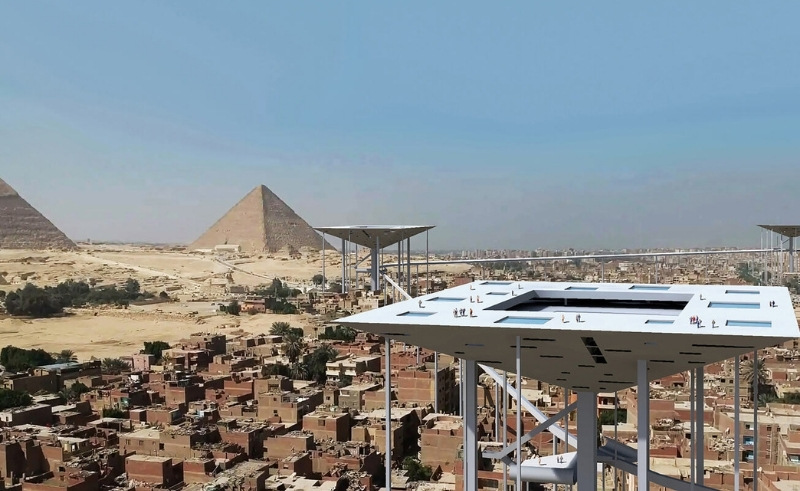
Now, if we’re going to have monorails hanging above our road networks, we might as well consider suspending buildings midair. The idea isn’t novel, in fact, vertical cities have been around - in theory - since Leonardo Da Vinci’s ‘Ideal city’. Highlighting issues in contemporary urban development while also offering a constructive alternative, Italian architect Marchisciana Saverio Adriano imagined a series of inverted pyramids titled ‘The Seven Pyramids of Culture’. Through conceptual art, Adriano designed structures that would act as academic centres in an autonomous urban system, positioned above the infamous hustle and bustle of Cairo.

“Their monumental size establishes a dialogue with the ancient pyramids of the Pharaohs,” Adriano tells #SceneHome, describing the steel structures with their slender legs, and panoramic lifts and terraces. “The intention is to highlight land consumption by presenting parallel cities that superimpose principles of environmental sustainability.”
“Each pyramid is a centre of creation, with the role of disseminating positive ideas aimed at the regeneration of this African metropolis,” Adriano continues. “Together they constitute a cultural loop that has the potential to prepare future generations in an efficient and ecological way.”
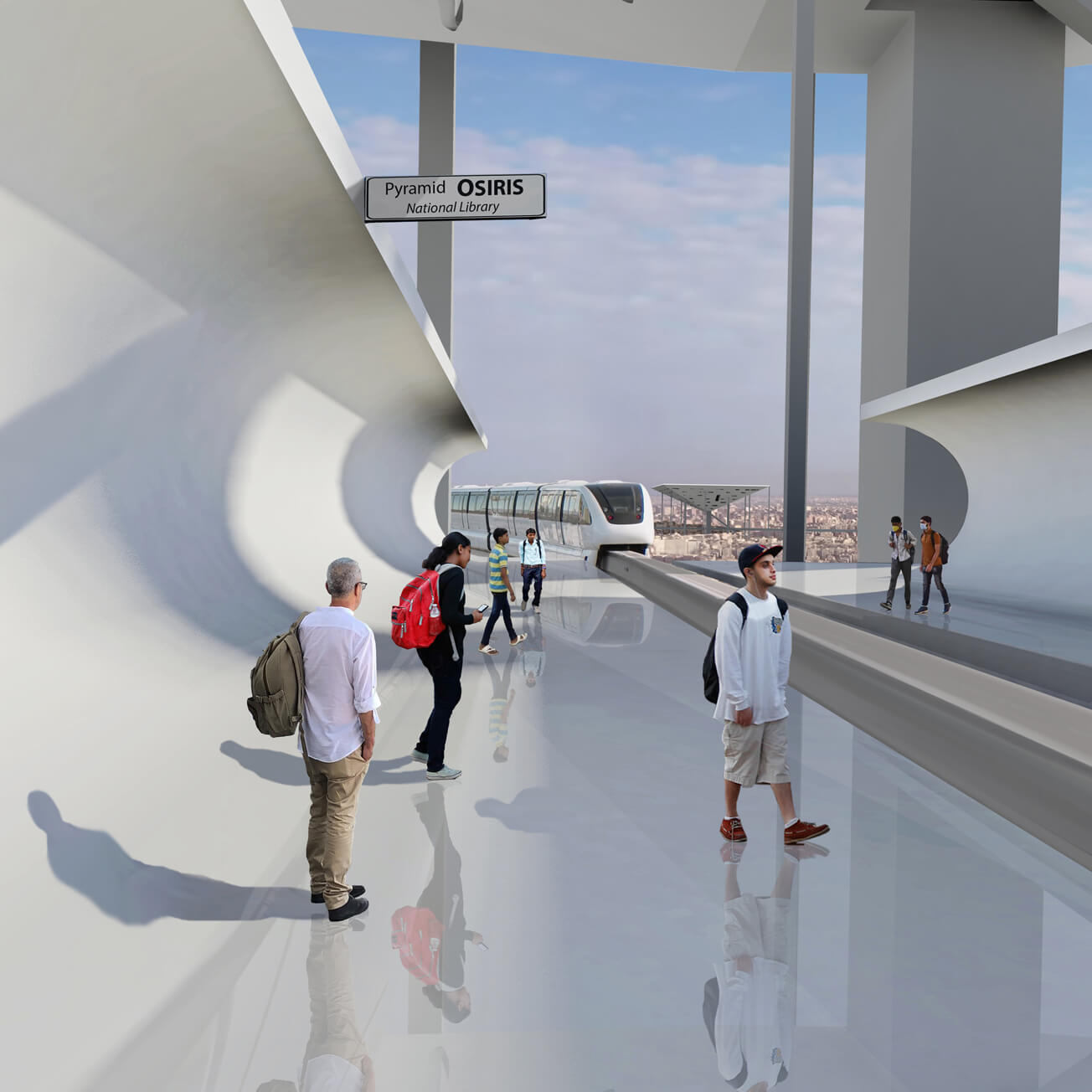
Connected through a monorail with stations at each base, Pyramid ‘Ra’ would act as a School of Architecture and Urbanism, while ‘Horus’ would be a Papyrus Restoration Institute, ‘Osiris’ a National Library, ‘Set’ a Faculty of Botany, ‘Nefertem’ a National Center for the Protection of the Nile River Landscape, ‘Anubis’ as a Traditional Handicrafts School and ‘Nut’ as a School for Tourism Training. Altogether, these hypothetical centres would make up an urban cultural network that spans 37 kilometres of the Giza Plateau.
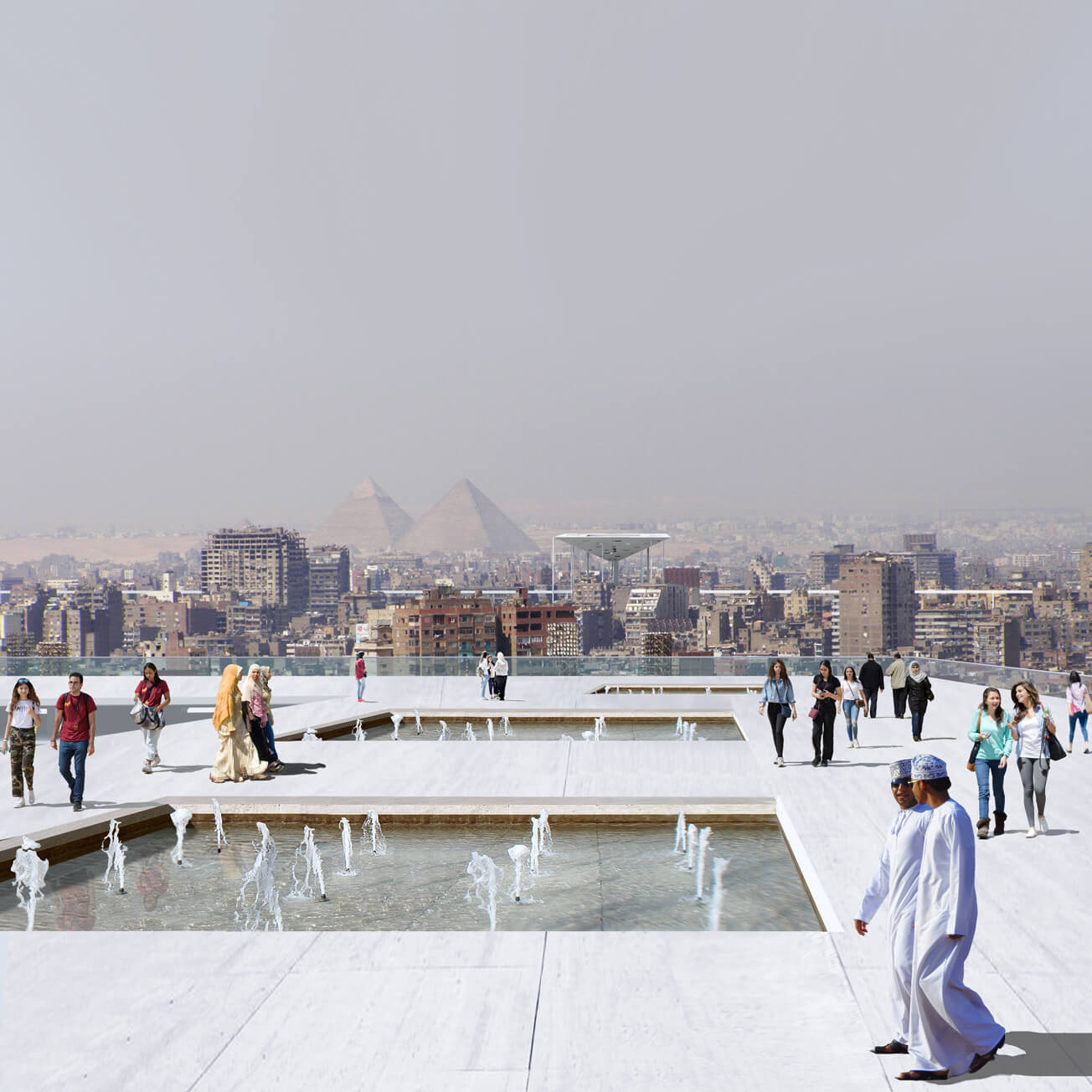
“They act as large panoramic squares overlooking the city,” the Sicily-born architect says. “Where students and tourists can stroll pleasurably, in a modern high-level version of the Greek agora.” At the other end, the pyramids were designed with apices pointing downwards to indicate - in a metaphorical sense - the idea of subverting uncontrolled urban developments. “They put the city on exhibition, like vast contemporary art installations,” Adriano says. “Anyone would be able to climb up to the highest level of these futuristic pyramids and observe Cairo from a new point of view.”
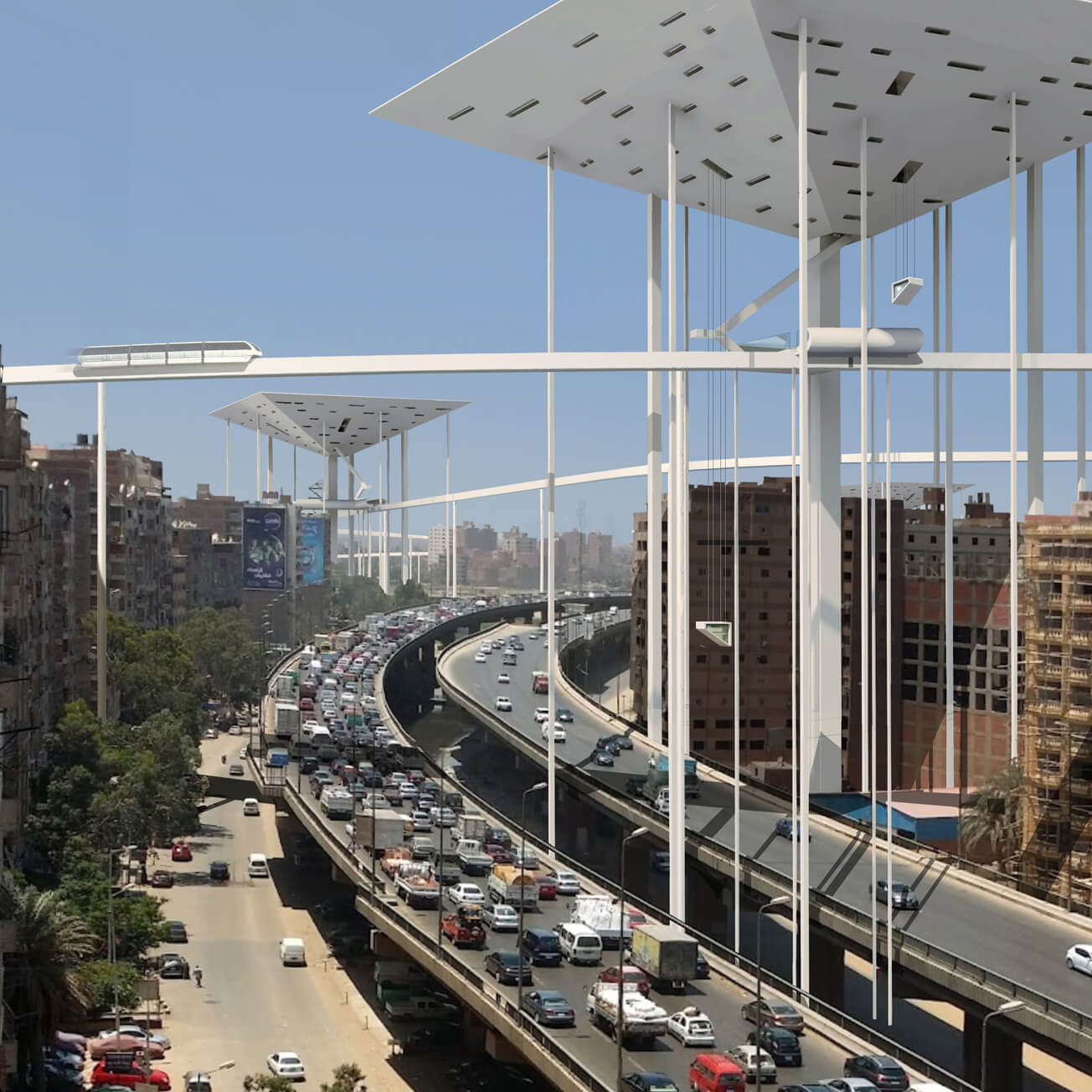
Beyond the cladding or any other aesthetics, this conceptual project had the sole objective of putting a spotlight on an urban problem while constructively offering an alternative. Sure, the pyramids don’t include housing units but they do aim for the roots by offering institutions that would not only benefit the cause, but also ensure that similar issues aren’t repeated in the future through sustainability.
- Previous Article The Enduring Charm of Jeddah’s Old Town of Al Balad
- Next Article How Form Studio Reflects Cult’s Youthful Vibe With Eye Popping Mirrors





